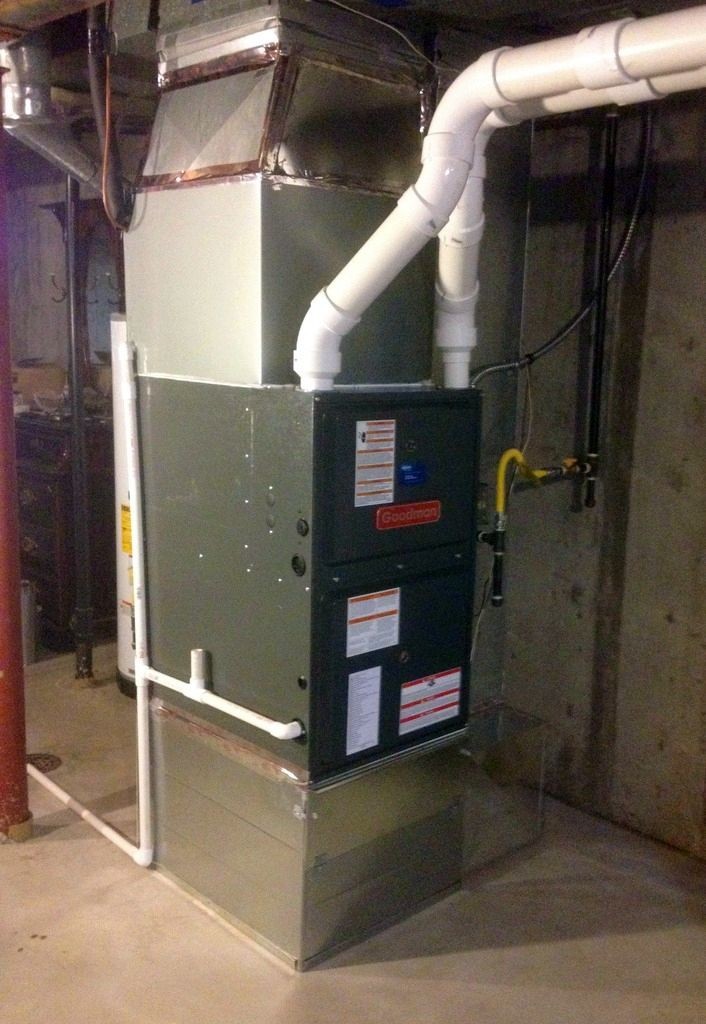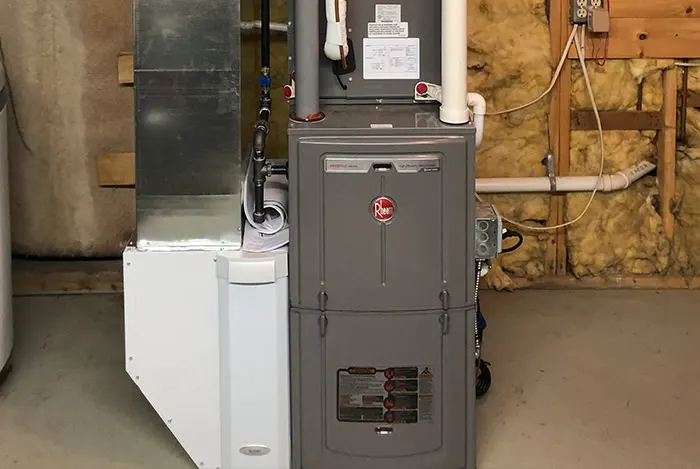The Ultimate Guide to Furnace Installment for a Cozy Home
Heating system setup is a crucial facet of preserving a comfortable home setting, especially during the cooler months. Comprehending the different sorts of heating systems available and the value of choosing the appropriate dimension can significantly influence both effectiveness and convenience levels. A complete installation procedure, complemented by the right devices and products, guarantees optimum performance. This overview intends to gear up home owners with the understanding required to make informed decisions and apply effective upkeep practices. As you think about these variables, the question continues to be: what actions can you take to guarantee your heater serves you well for many years ahead?
Types of Heating Systems
When thinking about furnace installment, comprehending the different kinds of heating systems readily available is vital for making an informed decision. The main types of furnaces consist of gas, electrical, and oil heaters, each offering distinctive advantages and considerations.
Gas heaters are one of the most usual choice because of their effectiveness and reduced functional expenses. They use gas or lp, offering quick heating and consistent performance, making them perfect for chillier climates.
Electric furnaces, while generally easier to install and keep, often tend to have greater functional expenses. They are frequently favored in locations where gas solution is not available or for homes with existing electric infrastructure.
Oil furnaces, though much less typical today, stay a practical option in certain areas. They shed heating oil, which can be advantageous throughout chillier months, but their dependence on oil distribution presents potential challenges.
In addition, there are high-efficiency designs available across these types, which can dramatically reduce energy intake and energy bills. Inevitably, comprehending these furnace kinds will aid house owners choose a system that straightens with their heating requires, budget plan, and power choices.
Choosing the Right Dimension
Selecting the suitable size for a heating system is essential to guaranteeing ideal efficiency and power performance. A small heater will struggle to maintain comfortable temperatures during the cold months, resulting in boosted deterioration, greater power expenses, and prospective system failure. On the other hand, an extra-large heater might cycle on and off also often, leading to ineffective heating and unequal temperature distribution within the home.

Heater sizes are commonly measured in British Thermal Devices (BTUs), which indicate the amount of power required to heat up a space. It is a good idea to talk to a qualified cooling and heating professional that can execute the required estimations and recommend a properly sized device. furnace repair. Purchasing the ideal heater size not only improves convenience but likewise adds to lasting energy cost savings and system dependability
Installment Process Summary
When the ideal furnace size has been figured out, the following action involves understanding the setup process. This procedure commonly starts with an extensive evaluation of the setup website, consisting of the existing ductwork and air flow systems. Correct preparation is necessary to make sure smooth assimilation and optimum efficiency of the brand-new heater.
The installment usually consists of disconnecting the old device, which entails securely getting rid of any kind of electric links, gas lines, and ductwork affixed to the previous heating system - furnace repair. When removed, the new furnace is thoroughly positioned and leveled, ensuring that it meets the manufacturer's requirements for optimum procedure
Following, the installer will connect the necessary gas and electric lines, sticking to regional codes and security regulations. Following this, ductwork may require to be customized or replaced to accommodate the brand-new system, making certain effective air flow throughout the home.

Necessary Tools and Products
Collecting the vital devices and materials is critical for a successful heating system installation. Appropriate prep work guarantees that the installment procedure is effective and decreases the potential for errors.
Trick tools needed consist of a drill, screwdrivers, wrenches, pliers, and a degree. A multimeter is vital for electric links, while a pipe cutter and adjustable wrench are essential for gas line installation. Furthermore, a measuring tape and a stud finder will assist in making sure exact placement and protected attachment of the heater.
In regards to materials, you will need ductwork, insulation, and sealing tape to make sure optimum airflow and power effectiveness. It is likewise crucial to have a brand-new furnace filter available, together why not find out more with airing vent products, such as PVC pipeline or steel flue, relying on the type of furnace being set up.
Safety and security tools, consisting of gloves, goggles, and a face mask, is likewise important to shield versus dirt and particles throughout installment. Having all these devices and products easily available not only enhances the procedure however likewise improves the security and efficiency of the heating system setup.
Maintenance Tips for Longevity
To guarantee the longevity of your furnace, it is important to implement a regular upkeep schedule that attends to key elements of the system. Start by changing or cleaning the air filter each to 3 months, as a clogged up filter can limit air flow and lower performance. In addition, inspect and clean the blower setting up to avoid dirt accumulation that can hinder performance.
Following, try here examine the thermostat setups and recalibrate if required to guarantee accurate temperature regulation. Inspect the ductwork for leaks or obstructions, as this can cause power loss and uneven heating. Regularly oil the motor and bearings according to the manufacturer's recommendations to decrease deterioration.
Professional examinations must occur every year, where a qualified professional can evaluate the heater's general problem, check for gas leakages, and ensure that safety and security features are working correctly. Consider setting up a programmable thermostat to maximize energy usage and keep regular home temperatures. By embracing these upkeep practices, Check Out Your URL you can improve your heater's efficiency, extend its life expectancy, and inevitably delight in a relaxing and comfy home environment.
Final Thought
Effective heater setup is critical for accomplishing ideal home comfort and energy effectiveness. Understanding different furnace kinds and choosing the ideal size guarantees proper performance.